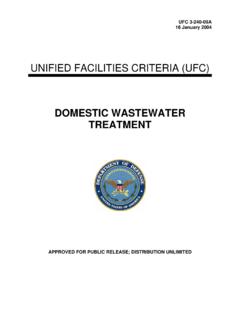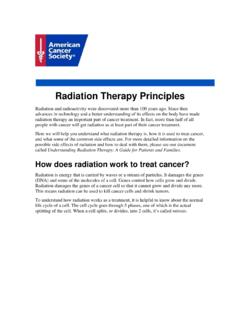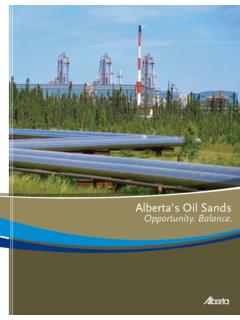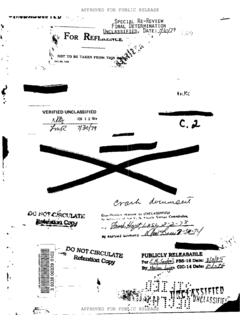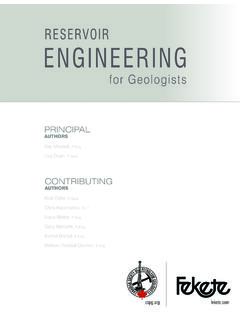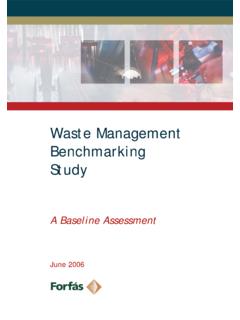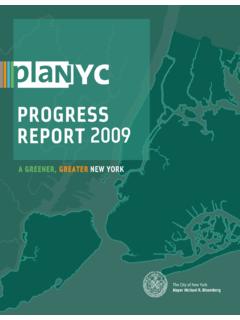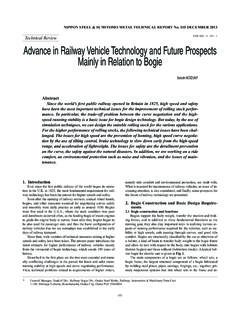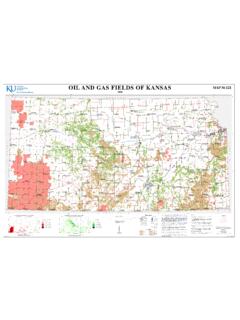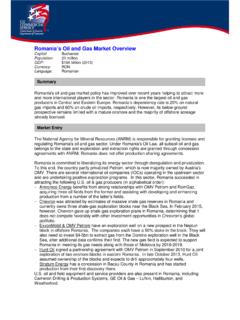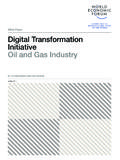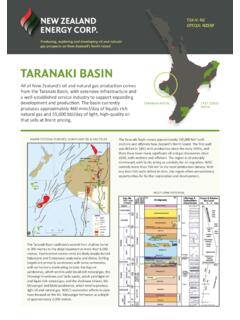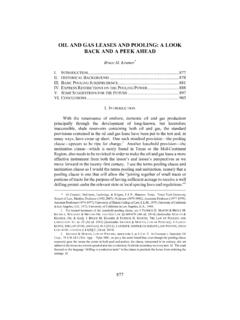Transcription of An Overview of Design, Analysis, Construction and ...
1 K. Sadeghi, GAU J. Soc. & Appl. Sci., 2(4), 1-16, 2007 1 An Overview of design , analysis , Construction and installation of Offshore Petroleum Platforms Suitable for Cyprus Oil/Gas Fields Kabir Sadeghi1 Girne American University, Department of Industrial Engineering, Mersin 10, Turkey Abstract Offshore structures are used worldwide for a variety of functions and in a variety of water depths, and environments. Since right selection of equipment, types of platforms and method of drilling and also right planning, design , fabrication, transportation, installation and commissioning of petroleum platforms, considering the water depth and environment conditions are very important, this paper will present a general Overview of these aspects. This paper reviews the fundamentals behind all types of offshore structures (fixed or floating) and, in the case of fixed platforms, will cover applications of these principles.
2 The overall objective is to provide a general understanding of different stages of design , Construction , loadout, transportation and installation of offshore platforms. Finally, for different sea-water depths, in which the Cyprus platforms are intended to be installed, suitable kinds of offshore platforms are proposed. Keywords: Rigs, Platforms, Offshore, Structure, Planning, EPC Constract, Introduction Offshore platforms have many uses including oil exploration and production, navigation, ship loading and unloading, and to support bridges and causeways. Offshore oil production is one of the most visible of these applications and represents a significant challenge to the design engineer. These offshore structures must function safely for design lifetimes of twenty-five years or more and are subject to very harsh marine environments.
3 Some important design considerations are peak loads created by hurricane wind and waves, fatigue loads generated by waves over the platform lifetime and the motion of the platform. The platforms are sometimes subjected to strong currents which create loads on the mooring system and can induce vortex shedding. 1 Offshore Petroleum Platforms for Cyprus Oil/Gas Fields 2 Offshore platforms are huge steel or concrete structures used for the exploration and extraction of oil and gas from the earth s crust. Offshore structures are designed for installation in the open sea, lakes, gulfs, etc., many kilometers from shorelines. These structures may be made of steel, reinforced concrete or a combination of both.
4 The offshore oil and gas platforms are generally made of various grades of steel, from mild steel to high-strength steel, although some of the older structures were made of reinforced concrete. Within the category of steel platforms, there are various types of structures, depending on their use and primarily on the water depth in which they will work. Offshore platforms are very heavy and are among the tallest manmade structures on the earth. The oil and gas are separated at the platform and transported through pipelines or by tankers to shore. Offshore oil rig and platform types Different types of offshore oil rigs and platforms are used depending on the offshore oil/gas field water-depth and situation. Rigs are used for the drilling of the wells and platforms are installed in the field for extracting oil/gas operation.
5 Main types of rigs and platforms are briefly explained as follows: Drilling for natural oil/gas offshore, in some instances hundreds of miles away from the nearest landmass, poses a number of different challenges from drilling onshore. With drilling at sea, the sea floor can sometimes be thousands of feet below sea level. Therefore, while with onshore drilling the ground provides a platform from which to drill, at sea an artificial drilling platform must be constructed. Moveable offshore drilling platforms/rigs There are two types of offshore drilling rings/platforms. The first type is moveable offshore drilling rigs that can be moved from one place to another and the second type is the fixed rigs/platforms. Drilling barges Drilling barges are used mostly for inland, shallow water drilling.
6 This typically takes place in lakes, swamps, rivers, and canals. Drilling barges are large, floating platforms, which must be towed by tugboat from location to location. Suitable for still, shallow waters, drilling barges are not able to withstand the water movement experienced in large open water situations. K. Sadeghi, GAU J. Soc. & Appl. Sci., 2(4), 1-16, 2007 3 Jackup platforms/rigs Jackup rigs are similar to drilling barges, with one difference. Once a jackup rig is towed to the drilling site, three or four 'legs' are lowered until they rest on the sea bottom. This allows the working platform to rest above the surface of the water, as opposed to a floating barge. However, jackup rigs are suitable only for shallower waters, as extending these legs down too deeply would be impractical.
7 This rig type can only operate to 500 feet in the depth of water. These rigs are typically safer to operate than drilling barges, as their working platform is elevated above the water level. Submersible platforms/rigs Submersible rigs, also suitable for shallow water, are like jackup rigs in that they come in contact with the ocean or lake floor. These rigs consist of platforms with two hulls positioned on top of one another. The upper hull contains the living quarters for the crew, as well as the actual drilling platform. The lower hull works much like the outer hull in a submarine when the platform is being moved from one place to another, the lower hull is filled with air making the entire rig buoyant. When the rig is positioned over the drill site, the air is let out of the lower hull, and the rig submerges to the sea or lake floor.
8 This type of rig has the advantage of mobility in the water; however, once again its use is limited to shallow water areas. Semi-submersible platforms/rigs This is an offshore oil rig that has a floating drill unit that includes columns and pontoons that, if flooded with water, will cause the pontoons to submerge to a depth that is predetermined. Semi-submersible rigs are the most common type of offshore drilling rigs, combining the advantages of submersible rigs with the ability to drill in deep water. Semi-submersible rigs work on the same principle as submersible rigs; through the 'inflating' and 'deflating' of its lower hull. The rig is partially submerged, but still floats above the drill site. When drilling, the lower hull, filled with water, provides stability to the rig.
9 Semi-submersible rigs are generally held in place by huge anchors, each weighing upwards of ten tons. These anchors, combined with the submerged portion of the rig, ensure that the platform is stable and safe enough to be used in turbulent offshore waters. Semi-submersible rigs can also be kept in place by the use of dynamic positioning. Semis-ubmersible rigs can be used to drill in much deeper water than the rigs mentioned above. Now with a leap in technology, depths of up to 6,000 feet (1,800 m) can be achieved safely and easily. This type of rig platform will drill a hole in the seabed and can be quickly moved to new locations. Offshore Petroleum Platforms for Cyprus Oil/Gas Fields 4 Drillships Drillships are exactly as they sound: ships designed to carry out drilling operations. These boats are specially designed to carry drilling platforms out to deep-sea locations.
10 A typical drillship will have, in addition to all of the equipment normally found on a large ocean ship, a drilling platform and derrick located on the middle of its deck. In addition, drillships contain a hole called a moonpool , extending right through the ship down through the hull, which allows for the drill string to extend through the boat, down into the water. This offshore oil rig can drill in very deep waters. Drillships use 'dynamic positioning' systems. Drillships are equipped with electric motors on the underside of the ships hull, capable of propelling the ship in any direction. These motors are integrated into the ships computer system, which uses satellite positioning technology, in conjunction with sensors located on the drilling template, to ensure that the ship is directly above the drill site at all times.

